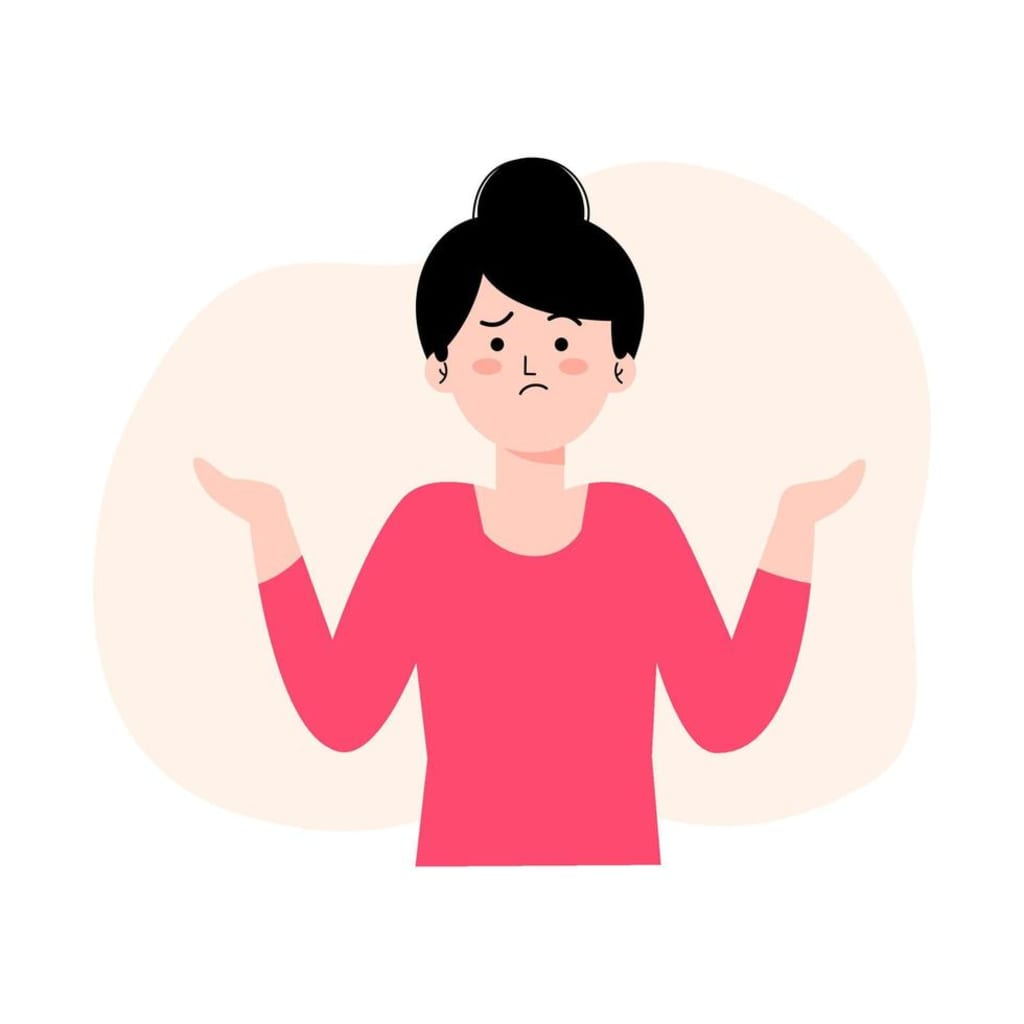How your brain decides what is beautiful
Exploring the Neuroscience Behind Perception and Aesthetic Appreciation

Throughout history, the concept of beauty has been explored through logic and speculation. However, in recent years, scientists have delved into the question of beauty using evolutionary psychology and neuroscience. This has allowed us to gain some understanding of why certain configurations of line, color, and form excite us. Specifically, when it comes to the human face and form, we are starting to uncover the reasons behind our perception of beauty. Interestingly, while the perception of beauty is subjective to the individual, it is influenced by factors that contribute to the survival of the group. Numerous experiments have revealed that certain parameters, such as averaging, symmetry, and hormonal effects, play a role in determining what makes a face attractive. For instance, studies have shown that composite or average faces tend to be more attractive than individual faces that contribute to the average. This finding aligns with many people's intuitions, as average faces represent the central tendencies of a group and individuals with mixed features signify genetic diversity and adaptability to the environment. Mixed-race individuals are often considered attractive by many people, while inbred families are generally seen as less appealing. Another aspect that influences beauty is symmetry, as people tend to find faces with symmetrical features more attractive than those with asymmetrical features. Asymmetries are often associated with developmental abnormalities, and in the natural world, including plants, animals, and humans, asymmetries can arise from parasitic infections. Interestingly, symmetry is also an indicator of good health. In the 1930s, Maksymilian Faktorowicz recognized the significance of symmetry in beauty and designed the beauty micrometer, a device that could measure minor asymmetrical flaws. He then created products under his company, Max Factor, to address these flaws, making it one of the world's most renowned brands for makeup. The third factor that contributes to facial attractiveness is the influence of hormones, specifically estrogen and testosterone. These hormones play crucial roles in shaping features that are considered attractive, with estrogen producing characteristics that signal fertility. Men typically find women attractive when they possess a combination of youthful and mature elements. A face that appears too infantile may indicate that the woman is not yet capable of reproduction. Therefore, men are attracted to women who possess certain physical features such as large eyes, full lips, and narrow chins, which are considered signs of youth. Additionally, high cheekbones are seen as a sign of maturity. Testosterone is responsible for the development of masculine characteristics, including thicker eyebrows, thinner cheeks, and larger, more squared-off jaws. However, it is interesting to note that testosterone actually suppresses the immune system in many species, which contradicts the notion that testosterone-infused features indicate fitness. Instead, scientists propose the handicap principle, which suggests that these features are a disadvantage rather than an advantage. The peacock's tail is often cited as an example of a handicap. Despite its beauty, this elaborate tail does not aid the peacock in avoiding predators or attracting peahens. Charles Darwin himself was perplexed by the peacock's tail and developed the theory of sexual selection to explain it. According to this theory, the display of the peacock's tail serves as a means of sexual enticement, increasing the likelihood of mating and producing offspring. The modern twist on this argument is that the peacock is also showcasing its health to the peahen. Only the most physically fit organisms can allocate resources to maintaining such a lavish appendage. Similarly, only the most physically fit men can handle the toll that testosterone takes on their immune system. Drawing a parallel, consider that only extremely wealthy individuals can justify spending over $10,000 on a watch as a demonstration of their financial well-being. Many individuals hear these evolutionary arguments and assume that we subconsciously seek out healthy mates. However, this notion is likely inaccurate. Teenagers and young adults are not typically focused on making decisions based on health considerations. However, they are not required to be, and I will elaborate on the reasons why. Consider a scenario where a population consists of individuals with three distinct preferences: green, orange, and red. These preferences are purely based on personal liking and are unrelated to health. However, if these preferences also influence the likelihood of producing offspring in a ratio of 3:2:1, then the initial generation would have 3 greens, 2 oranges, and 1 red. Subsequently, the proportion of greens would gradually increase in each generation. After 10 generations, 98 percent of the population would prefer green. A scientist studying this population would conclude that green preferences are widespread. This abstract example illustrates that while individual preferences may seem random, if they are heritable and offer a reproductive advantage, they eventually become common among the entire group. This raises the question: what occurs in the brain when we encounter attractive individuals? The activation of certain regions in our visual cortex is triggered by attractive faces. These regions include the fusiform gyrus, located at the back of the brain, which is specifically designed for processing faces. Additionally, the adjacent area known as the lateral occipital complex is responsible for processing objects. Attractive faces also stimulate our reward and pleasure centers, which are situated in the front and deep parts of the brain. These centers have complex names such as the ventral striatum, the orbitofrontal cortex, and the ventromedial prefrontal cortex. The interaction between our visual brain, specialized in processing faces, and our pleasure centers forms the foundation of our experience of beauty. Interestingly, beauty has the ability to engage us even without our conscious awareness. Our brains respond to attractive faces, even when our thoughts are not focused on beauty. To investigate this further, we conducted an experiment where participants were shown a series of faces and had to determine whether they belonged to the same or different individuals. Even under these circumstances, appealing countenances elicited strong neural activity in the visual cortex, despite the fact that individuals were contemplating a person's identity rather than their physical attractiveness. Similarly, another group discovered automatic responses to beauty within our pleasure centers. Collectively, these studies indicate that our brain instinctively reacts to beauty by connecting vision and pleasure. These beauty detectors, it appears, activate every time we encounter beauty, regardless of our current thoughts. Furthermore, we possess an inherent "beauty is good" stereotype ingrained in our brains. Within the orbitofrontal cortex, there is overlapping neural activity in response to beauty and goodness, and this occurs even when individuals are not consciously contemplating beauty or goodness. Our brains seem to automatically associate beauty with goodness. This automatic association may serve as the biological trigger for the numerous social effects of beauty. Attractive individuals receive various advantages in life. They are perceived as more intelligent, more reliable, and are given higher salaries and fewer penalties, even when such judgments are unjustified. These types of observations expose the unpleasant side of beauty. Recently, I discovered that individuals with minor facial abnormalities and disfigurements are seen as less virtuous, less kind, less intelligent, less competent, and less hardworking. Regrettably, we also have a stereotype that associates disfigurement with negativity. This stereotype is likely exploited and amplified by portrayals in popular media, where facial disfigurement is often used as a quick way to depict a villainous character. In order to overcome these implicit biases and strive for a society that treats people fairly based on their actions rather than their appearance, we must comprehend these types of biases. Allow me to leave you with one final thought: Beauty is an ongoing process. The so-called universal attributes of beauty were chosen over the course of nearly two million years in the Pleistocene era. Life was harsh, brutal, and a very long time ago. The criteria for reproductive success from that era do not truly apply in today's world. For instance, in the technologically advanced world, death by parasite is not a common cause of death. Various medical advancements such as antibiotics, surgery, birth control, and in vitro fertilization have contributed to the relaxation of filters for reproductive success. As a result, under these more lenient conditions, preferences and trait combinations are able to evolve and diversify. While we continue to have a significant impact on our environment, it is important to note that modern medicine and technological progress are also significantly altering the very concept of beauty. The universal standard of beauty is evolving alongside our changing universe.
About the Creator
Lillian Formelová
Learning how things works is one of my favorite hobby and i decided to share my knowledge with you,so i hope you learn something new!!:3
Enjoyed the story? Support the Creator.
Subscribe for free to receive all their stories in your feed. You could also pledge your support or give them a one-off tip, letting them know you appreciate their work.





Comments
There are no comments for this story
Be the first to respond and start the conversation.